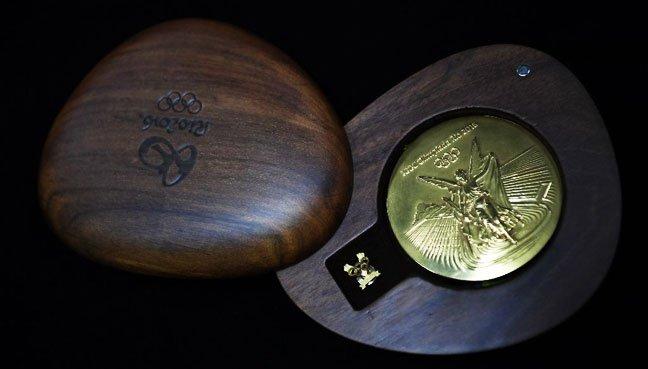Curvy Brazilian women inspire Olympic medal design

Rio de Janeiro: If Rio residents think the curvy ancient Greek goddess stamped on the Olympic medals looks familiar, they wouldn’t be wrong: she’s modeled on Brazilian women.
Rio de Janeiro is a city full of curves in the sea and hills, just like the body of the Brazilian woman, said sculptor Nelson Carneiro, 60, who created the 5,130 bronze, silver and gold medals at the national mint, called Casa da Moeda, near Rio de Janeiro.
Carneiro says the sensuous side of the city inspired his depiction on the medals of the Greek goddess Nike ahead of the Summer Games starting August 5.
I gave Nike curves. I gave her bigger thighs and hips, he said.
Nike, the goddess of victory in Greek mythology, has been the face of Olympic medals since the 2004 Athens Games, with the Parthenon temple in the background.
However, each country can make its own adaptations, said Carneiro, who works with some 2,800 other people at the mint.
It’s a special medal made for the world’s biggest event. When the athlete receives that medal, I’ll feel as if I’ve also been decorated, Carneiro said.
The medals may celebrate ancient tradition, but the technology mixes artisanal and 21st century techniques.
First, Carneiro sculpts the design in clay and this is copied by a 3D printer. A steel mold is used to stamp the medals in a hydraulic press and medals are then polished to remove imperfections.
The national mint is in an out of the way neighborhood of Santa Cruz, a town north of Rio de Janeiro. Visitors to the facility, which is surrounded by towers and surveillance cameras, are searched as they come in -- and when they leave.
This is also where we make the coins and bank notes circulating in the whole country, as well as Brazilian passports and postal stamps, said the head of the medals section, Victor Hugo Berbert.
Work on the medals started a month ago and will go right up to July 31, less than a week before the opening ceremony. The Olympics will have 2,488 medals and the Paralympics, which run from September 7-18, will have 2,642.
Each medal weighs 17.6 ounces (500 grams), 20 percent more than the ones handed out in London and heavier than in any previous Olympics.
The coveted gold medals are not really gold -- they have 17.4 ounces (494 grams) of silver and just 0.2 ounces (six grams) of gold plating.
If they were solid gold it would cost a fortune, Berbert said, without disclosing the prices.
Silver medals are fully silver. The bronze medals, though, are arguably brass, an alloy of copper and zinc, rather than bronze which typically mixes copper and tin.
Paralympic medals contain small steel balls to help identify them by sound for those with poor vision.
AFP




